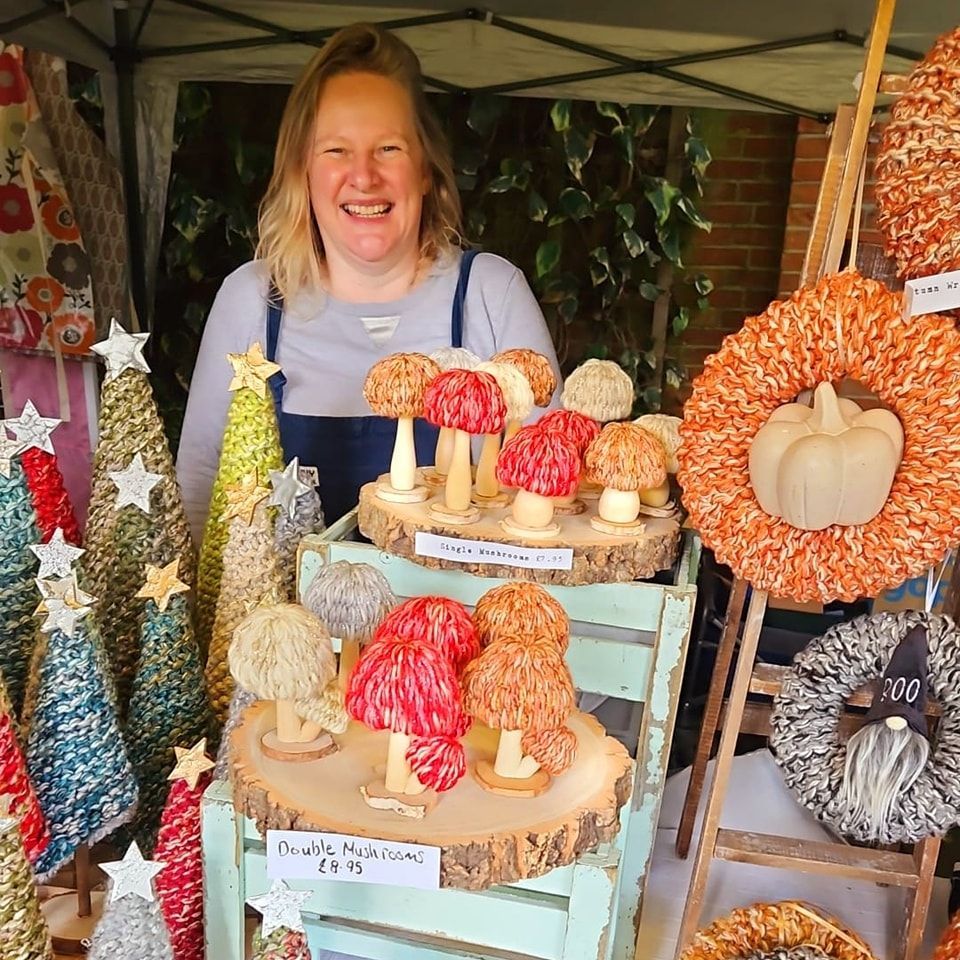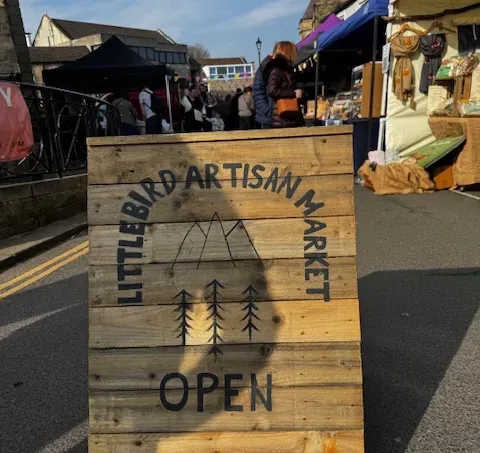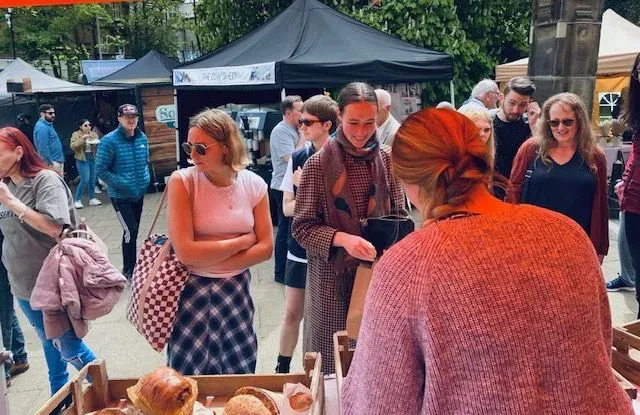How to Make It as an Artisan Market Trader
How to Make It as an Artisan Market Trader

There’s nothing quite like selling your handmade goods face-to-face at a market. The buzz of the crowd, the joy of seeing someone fall in love with your work—it’s why we do it. But behind every market stall is a story of hustle, heart, and a whole lot of hard-earned experience.
Whether you're just starting out or trying to grow your business beyond weekend markets, here’s how to make it—and thrive—as an artisan market trader.
1. Know Your Niche, Know Your Customer
Markets can be competitive. From candles and ceramics to bakes and prints, you need to stand out. That starts with clarity:
What makes your product special?
Who is it for?
What kind of story does it tell?
People don’t just buy your product—they buy you, your story, your style. Make sure your branding (stall design, packaging, signage) reflects that.
2. Perfect Your Stall Setup
Your stall is your shopfront. It should attract, engage, and convert.
Use eye-catching signage (handwritten can work if done well).
Have clear prices—customers are less likely to ask.
Make it easy to browse, touch, and buy.
Always have a mirror if you sell wearables or accessories.
Bonus tip: Learn your set up and pack your car in the right way. A calm setup means you're ready before the first customer arrives—and you're not sweating behind a pile of crates.
3. Price for Profit, Not Just Sales
Too many traders underprice their work out of fear no one will buy. Don’t.
Factor in your materials, time, stall fees, transport, and packaging.
Leave room for wholesale or bulk discounts down the line.
Confident pricing shows you value your craft—and so will your customers.
You’re not just selling a product. You’re selling originality, time, and care. Price accordingly.
4. Talk to Everyone (Even the Browsers)
Markets are more than sales—they're relationship builders.
Greet people genuinely.
Share the story behind your products.
Offer small freebies (stickers, samples, or business cards).
That person who didn’t buy today might become a loyal customer tomorrow—or recommend you to someone who does.
Bonus tip: Do not sit on your mobile phone all day and stand up. As hard as it is you don’t sell products if you are constantly looking at your phone. Customers will spend their money at the next stall.
5. Embrace Digital (Just Enough)
Even if your heart is in face-to-face selling, a little digital presence goes a long way:
Have an Instagram or website to let customers find you again.
Use email or social media to tell them where you’ll be next.
Take card payments—cash-only is risky in today’s world.
You don’t need to go full e-commerce, but being findable online helps you grow.
6. Learn from Every Market
Not all markets will be winners. That’s OK.
Keep track of what sells well at different locations.
Adjust your display and product range as needed.
Talk to other traders—market folk are full of wisdom.
Don’t blame the market organiser if a particular market didn’t work for you. What was the weather like? Too hot – everyone is in the garden – Too cold – everyone is in the pub. Did you sit down all day and not smile at your customers? Were you looking at your mobile all day and missing people. Were you chatting with someone you brought, the stall next to you or were you off your stall all day? Were Leeds playing at home? Was it the Eurovision last night and people had a lay in? It’s easy to blame the market organiser however . . . . . .
Every event is a learning opportunity. What worked? What flopped? What should you try next time?
7. Play the Long Game
Being an artisan trader is hard work—but it’s meaningful work. Success doesn’t come in one market. It comes through:
Showing up regularly
Building your customer base
Honing your craft and story
Advertise which market you are going to
Stay consistent. Keep evolving. You don’t need to become a global brand to be successful—you just need a steady, loyal community that loves what you do.
Final Thought: Handmade Still Matters
In a world full of mass production and fast everything, your handcrafted work stands out. Markets are where magic happens—where a simple product becomes a memory, a gift, or a new favourite.
You can make it as an artisan market trader. Just keep showing up, keep making, and keep believing in what you create.
Jackie – Managing Director, Little Bird Made











